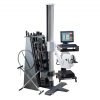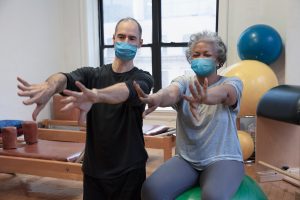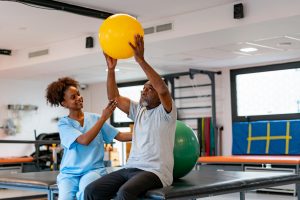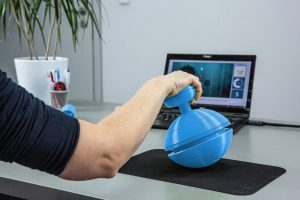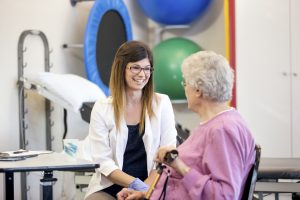
Guide to Occupational Therapy Assessments: Tools, Tips, and Best Practices for Better Patient Outcomes
Treatment GuidelinesEnhance your therapeutic interventions with our selection of occupational therapy assessments, ensuring precise evaluation and personalized care plans.
Reliable occupational therapy assessments are essential tools in our clinical toolkit. They clarify how a condition or environment impacts a patient, and guide our decisions to ensure patient care stays focused and flexible. Choosing the appropriate assessment for what we want to measure is how we define our patients’ overall outcomes. Reliable assessments also help foster interdisciplinary communication and keep a client-centered approach front and center in practice.
OT assessments aren’t one-size-fits-all. Some examine how broader skills translate to daily independence, while others examine specific muscle and neurological performances. Let’s examine what these assessments do for us as clinicians, their different categories, and how we can best use each to help our patients reach their goals.
Understanding Occupational Therapy Assessments
But what exactly qualifies as an OT assessment and how do we know which type to use? Before diving into specific assessment categories, it’s helpful to step back and understand both standardized and non-standardized assessments.
Broadly speaking, occupational therapy assessments help us evaluate our patients’ ability to engage in meaningful occupations. More specifically, assessments can isolate and measure specific skills or facets of someone’s occupational profile.
Non-standardized assessments can be observation or interview-based, but don’t have the same vigor as standardized assessments might. However, they can often be released for professional use more quickly than standardized assessments.
Standardized assessments have a strict administration standard, clear instructions, scoring rubrics, and pre-defined criteria for evaluating a patient’s performance. The standardization process typically takes years but consistently results in a reliable data collection across therapists and settings.
Categories of Occupational Therapy Assessments
Occupational therapy practice centers around the Occupational Therapy Practice Framework (OTPF) that organizes human occupation into key domains, such as activities of daily living (ADLs), instrumental activities of daily living (IADLs), rest and sleep, education, work, and play. Each of these areas rely on a range of skills, like motor function, cognition, and sensory processing, that can either support or inhibit participation. The goal of occupational therapy assessments is to identify which of these skills are helping or holding a patient back. Let’s take a look at the major categories of occupational therapy assessments:
- Clinical observation
- Activities of daily living (ADLs)
- Motor skills
- Instrumental activities of daily living (IADLs)
- Cognition
- Sensory integration
- Mental health
Clinical Observation
Clinical observation is the most common way occupational therapists evaluate patients initially, where we can see how muscle strength, coordination, neurological skills, fine motor skills, gross motor skills, and cognition all merge to complete a task. These observations help guide OT’s toward more specific assessments that isolate certain skills.
Activities of Daily Living (ADLs)
Activities of daily living (ADLs) are frequently assessed in adults by observing the real-time act of bathing and dressing, or simulating bathing and dressing tasks with dry washcloths or an extra shirt. Advanced rehabilitation equipment like the Simuator II and PrimusRS allow occupational therapists to simulate hundreds of ADLs, job tasks, and sports in the clinic.
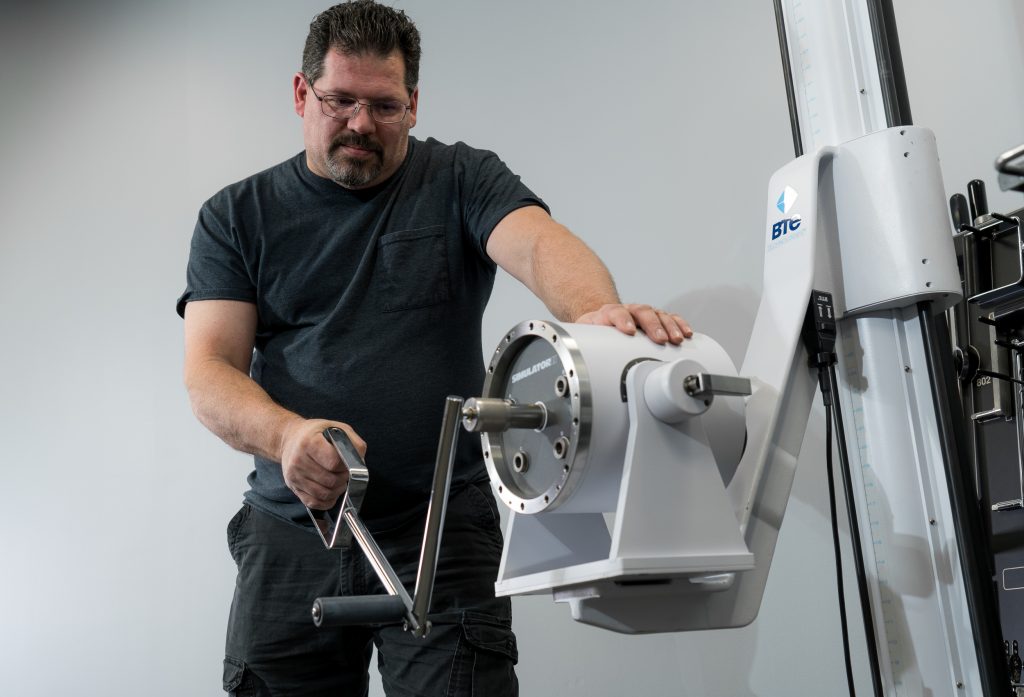
Motor Skills
Motor skills are constantly assessed throughout all clinical observations, and motor skill deficiencies can significantly limit someone’s performance. Generally, I look at how different motor skills are working within an intervention or task and then relate that to a patient’s holistic performance in my session notes. There are, however a few more formal motor skill assessments that can be helpful:
- The AMPS (Assessment of Motor and Process Skills) looks at motor skill items in an IADL setting.
- The Motor Assessment Scale (MAS) looks at how motor skills affect ADL related tasks after a stroke.
- The Peabody Developmental Motor Scales (PDMS-2) and Bruininks-Oseretsky Test of Motor Proficiency (BOT-2) are diagnostic tools for children to look at any developmental delays.
In my setting (inpatient rehab), we only do the AMPS once in a while because it takes about an hour from start to finish and has to be done with a certified practitioner. The MAS is helpful when evaluating someone recovering from a stroke, but it isn’t standardized for populations beyond CVAs. I find that 80% of the time, I’m evaluating motor skills in a more informal style through observations.
Instrumental Activities of Daily Living (IADLs)
IADLs consist of taking care of others, maintaining a dwelling, driving, grocery shopping, etc. these are important life tasks that are also necessary for holistic safety, health, and wellness. These tasks are generally more arduous than ADLs and demand a higher level of endurance. Speed tests are often helpful in assessing functional capacity to accomplish IADLs safely.
Cognition
Cognition assessments can be a bit tricky to administer, depending on the language skills of the patient (especially post-neurological injury. Not all assessments have aphasia adaptations). Cognition assessments can also fall into categories focusing on memory versus safety, judgment, and executive function. For example, the Brief Interview for Mental Status (BIMS) is a 5-minute assessment we use in the hospital frequently to test a patient’s memory and orientation. However, in my experience, this doesn’t necessarily translate to accurately representing the memory skills needed to handle bills, medications, or sequencing through a task. Other more formal cognitive assessments OTs can use include the MoCA, the SLUMS, the Clock Drawing Test, the MMSE, the Allen Cognitive Level Screen, and a few others.
Sensory Integration
Sensory integration is a skill that’s necessary for effective self-regulation and helps us to interact with the world successfully. These assessments are typically seen in children who have neurodiverse needs, but not always. The Sensory Profile is a report-based assessment that’s commonly used in pediatric practices and looks at what sort of sensations a child might be avoiding, seeking, and how they choose to regulate themselves when they’re stressed. The sensory processing measure (SPM-2) is an assessment that spans infant age to older adults and looks at how someone processes and responds to sensory input across multiple contexts.
Mental Health
Mental health assessments look at how symptoms of mental health diagnoses or conditions affect someone’s ability to function. Most of the time, symptoms that negatively impact someone show up as not participating in ADL or IADL tasks. Most assessments that OTs use for mental health populations are self-reflective inventories, like the Beck Depression Inventory or Barratt Impulsiveness Scale, and are then clinically correlated to functional performance by the OT.
Commonly Used Occupational Therapy Evaluations
Occupational therapy assessments or evaluations can cover an incredibly broad range of skills and domains. Some have a more rigorous implementation and scoring process, while others are considered an inventory-type assessment, focusing on the perception of a disability. The following are some of the most commonly used occupational therapy evaluations.
Pediatric Evaluation of Disability Inventory (PEDI)
The PEDI is a standardized assessment that uses a Likert scale response system to assess a child’s ability to carry out functional activities1,2. This questionnaire-style assessment is typically administered to the child’s caregiver or parent, and consists of three domains1: self-care, mobility, and social function. The original PEDI is appropriate for children ages six months up to seven and a half years old, while the PEDI-CAT is most appropriate for newborns up to 21-year-olds with existing developmental disorders1.
Test of Grocery Shopping Skills
The Test of Grocery Shopping Skills is a non-standardized assessment typically reserved for those with serious mental illness or cognitive deficits such as TBI, stroke, dementia, and schizophrenia3. It focuses on the abilities of someone to access, navigate, organize, and complete shopping tasks in a medium-sized grocery store3. The administration protocol consists of the therapist timing the patient during each stage of shopping and marking certain task accuracy.
In my inpatient rehab department, we have a very small simulated grocery store with a few shelves, empty product boxes, fake fruit, and a cash register. I use this with patients to get an idea of how they would do out in the community, but have to keep in mind that in the real world, the space would be larger, there would be more stimulation with noise and aisle traffic and choices, and a higher cognitive demand overall.
School Function Assessment (SFA)
The SFA is a non-standardized assessment designed for primary school children with disabilities, ages 4 – 12 years old4. This lengthy, subjective question assessment helps provide an initial baseline functional measure within the school setting4. The SFA is completed by professionals who know the student and have seen the student in a school setting, most often a special education teacher.
9-hole Peg Test
The 9-hole Peg Test is a standardized assessment focusing on fine motor skills by timing a patient to see how quickly they can remove and replace pegs with their dominant and non-dominant hand. This assessment uses age-normative data for males and females to objectively demonstrate fine motor dexterity in the setting of neurological or physical injury or disability5. I’ve used this assessment in my practice often with neurological injuries.
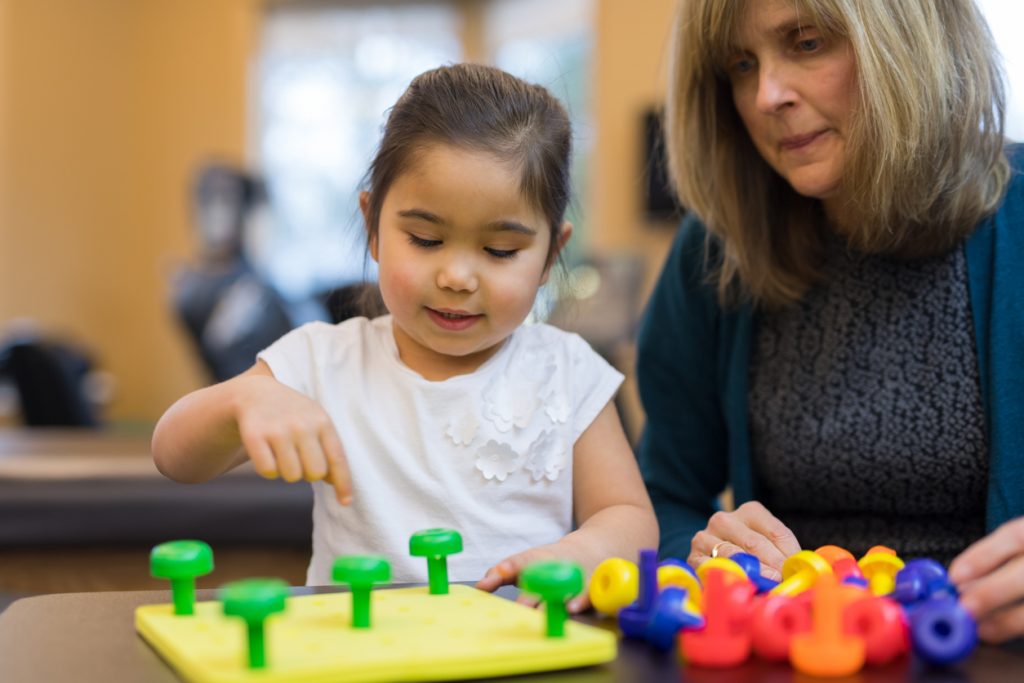
Sensory Profile 2™
The Sensory Profile (SSP-2)™ is a standardized questionnaire-based assessment typically completed by caregivers or teachers6. It looks at how a child processes sensory stimuli in the home, in the classroom, or both6. The information from the SSP-2 lends a comprehensive view of a child’s sensory needs in various contexts and can guide therapists’ decisions on what coping or regulatory mechanisms are most helpful6.
Selecting the Right Assessment
Selecting the right physical or occupational therapy assessment for a patient is important when creating a therapeutic plan of care. As therapists, we need to make sure the assessment we choose is appropriate for our patients’ age, condition, and goals and that we can implement it appropriately based on the setting and safety considerations, if applicable. Our clinical judgement is our bread and butter when we treat our patients, which means we have to keep up with new and evidence-based practices throughout our careers.
Implementing Assessments in Practice
Aptly integrating assessments into therapeutic practice is how we follow best practices in our care plans. When choosing when to implement certain assessments, consider your schedule, the frequency you see your patients, and how the assessments and interventions will reflect on each other.
These tools can help you establish clear and measurable goals for your patients or provide feedback for accommodations outside of therapy. Remember that some assessments may require professional training and credentials, like the MoCA7, and may not be accepted as valid when implemented by a credentialed therapist.
Resources for Occupational Therapy Assessments
Some great resources for OT assessments include AOTA (though access may be limited unless you or your workplace has a membership login), OT Potential’s Assessment Search Tool, Pearson Assessments, or Physiopedia. These sites allow you to see the assessment itself, and if the assessment is not free to use, they can provide you with links for purchase. Other assessments, like functional screening tools for physical therapy, are often easy to locate with a quick internet search.
Transform How You Assess and How Your Patients Progress
As therapists, we always want to use the most accurate assessments for our patients. In more recent years, these assessments have been moving into more technologically advanced platforms, like the PrimusRS and Simulator II. These systems provide functional task evaluation and pair these findings with objective measurements through custom ADL simulation in a controlled setting. The resulting data greatly benefits outcome tracking in physical therapy and supports clinical decision-making and documentation.

